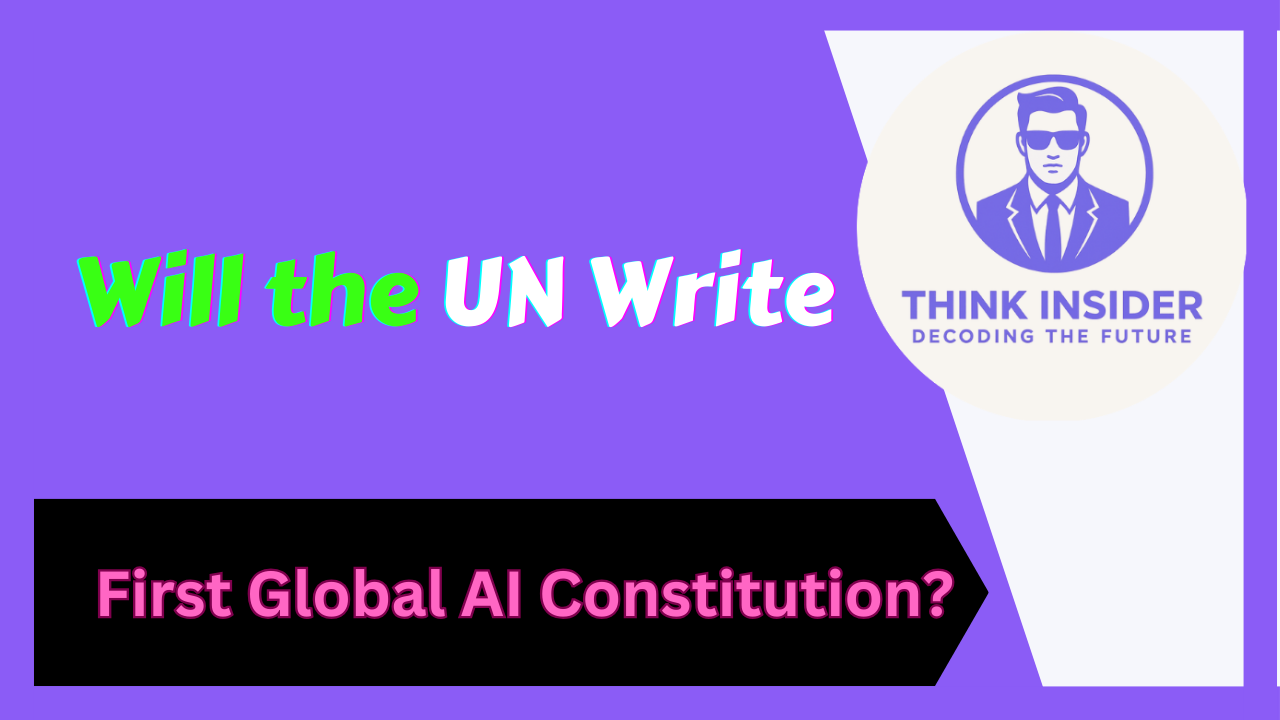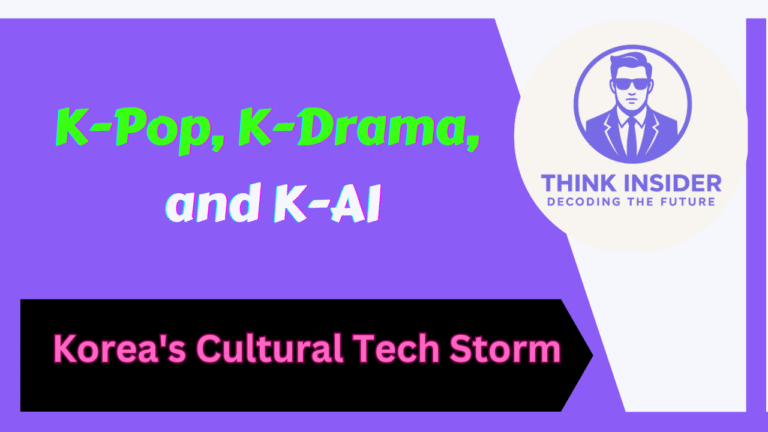United Nations (UN) – Will the UN Write the First Global AI Constitution?
Global South: The Crucial Voice
Current Underrepresentation Reality
Despite representing 85% of global population, developing countries have limited influence in AI governance discussions. Resource constraints, different priorities focusing on economic development over safety regulation, and historical patterns of technology governance excluding developing nations create legitimacy and effectiveness threats for global frameworks.
Innovative Inclusion Mechanisms
The UN initiative includes capacity building programs providing technical assistance, technology transfer provisions requiring beneficial AI sharing, differentiated responsibilities recognizing varying national capabilities, and South-South cooperation supporting developing country experience sharing.
Technical Implementation Challenges
Monitoring and Verification Complexities
Developing systems to monitor global AI development and verify compliance represents one of the biggest technical challenges. Computational requirements for monitoring could rival the largest current AI training systems while privacy concerns arise from accessing proprietary algorithms and datasets.
Technical standards differences across AI architectures make standardized monitoring extremely difficult. Rapid capability evolution threatens to make monitoring systems obsolete before full deployment.
Proposed Technical Solutions
Leading organizations develop potential solutions including federated learning approaches allowing monitoring without accessing underlying data, automated compliance systems using AI to assess other AI systems, blockchain-based auditing providing transparent records, and standardized testing protocols for cross-architecture assessment.
Cultural and Ethical Navigation
Value System Diversity
Global governance must navigate fundamental differences including individual versus collective rights preferences, varying privacy versus development comfort levels, diverse religious and philosophical AI perspectives, and different historical experiences with technological change and governance.
Inclusive Governance Approaches
Effective frameworks require cultural impact assessments, multi-religious dialogue engagement, indigenous rights protection with special provisions, and philosophical pluralism recognition allowing different societal approaches within universal human rights frameworks.
Wild Card Scenarios
Several low-probability, high-impact events could dramatically accelerate global AI governance development.
Major AI Safety Incident
A catastrophic AI failure causing significant harm could create urgency for rapid international cooperation, similar to how nuclear accidents spurred nuclear governance treaties. The probability remains low but the impact would be transformative.
AI-Enabled Cyberattack
A major international incident involving AI-powered cyber weapons could highlight international governance needs and create political momentum for binding agreements. Recent increases in AI-enabled attacks make this scenario increasingly plausible.
Capability Breakthrough
Dramatic leaps in AI capabilities, particularly in autonomous weapons or general artificial intelligence areas, could force rapid policy responses. The unpredictable nature of AI breakthrough moments makes governance preparation essential.
Practical Implementation Guidance
For Technology Leaders
Immediate Actions (Next 6 Months): Establish internal AI ethics boards with diverse representation, begin compliance preparation for multiple regulatory scenarios, and engage with international governance discussions through industry associations.
Medium-term Strategies (6-18 Months): Invest in AI safety and explainability research, develop relationships with civil society and government stakeholders, and participate in multi-stakeholder governance initiatives.
Long-term Positioning (18+ Months): Build adaptive compliance systems adjusting to different governance frameworks, establish regional partnerships navigating fragmented landscapes, and contribute technical expertise to international institutions.
For Policymakers
Immediate Priorities: Build internal AI governance expertise, engage actively with UN processes, and coordinate with regional partners on policy approaches. The window for shaping global frameworks remains open but narrows daily.
Strategic Development: Create adaptive regulatory frameworks evolving with technology, invest in public education and engagement, and develop international cooperation mechanisms for AI incident response.
Long-term Planning: Prepare for multiple governance scenarios through planning exercises, build Global South relationships for inclusive governance, and establish monitoring capabilities for compliance verification.
For Civil Society Organizations
Capacity Building: Develop AI literacy among staff and stakeholders, build coalitions with technology and policy organizations, and connect with international partners working on governance issues.
Advocacy Strategies: Develop policy positions on key governance questions, engage with business and government stakeholders, and experiment with innovative public participation models.
Global Engagement: Participate in UN consultations and processes, support inclusive participation from underrepresented communities, and monitor implementation effectiveness.
Investment Returns: The Governance ROI
Cost of Inaction Analysis
Without effective global governance, several costly scenarios become more likely. AI arms races between countries developing increasingly powerful systems without safety precautions could lead to catastrophic accidents or intentional misuse.
The current regulatory fragmentation patchwork costs businesses $47 billion annually and will grow exponentially as more jurisdictions develop AI policies. Major AI failures without effective governance responses could undermine public trust, slowing beneficial applications and reducing economic gains.
Governance Investment Requirements
Effective global governance would require significant investment. Establishing and operating UN AI governance institutions would cost approximately $2.3 billion over the first decade. Developing global monitoring and assessment capabilities requires $8.7 billion in initial investment.
Supporting developing country participation would cost an estimated $12.4 billion over ten years. Creating verification and enforcement mechanisms requires ongoing investment of approximately $3.1 billion annually.
Economic Benefits Projection
Despite these costs, economic benefits could be substantial. Harmonized global standards could save businesses $35 billion annually in regulatory compliance costs. Clear, consistent governance could accelerate beneficial AI development, adding an estimated $2.3 trillion to global GDP by 2035.
Preventing major AI accidents or misuse could avoid costs ranging from billions to trillions depending on scenario severity. Inclusive governance could help developing countries capture larger AI benefit shares, boosting global economic growth through reduced inequality.
Learning from Historical Precedents
Montreal Protocol Success
The 1987 Montreal Protocol successfully addressed ozone depletion through international cooperation. Success factors include clear scientific consensus creating action urgency, graduated approaches with different standards for developed versus developing countries, built-in flexibility for updating as science evolved, and economic incentives helping developing countries comply.
Cybersecurity Governance Lessons
Comprehensive international cybersecurity governance remains elusive despite decades of effort. Attribution problems make determining responsibility difficult, dual-use technologies serve both defensive and offensive purposes, rapid threat evolution outpaces governance mechanisms, and national security concerns limit information sharing.
These cybersecurity challenges preview obstacles AI governance will face. Learning from cybersecurity failures becomes essential for AI governance success.
Internet Governance Models
Multi-stakeholder internet governance through organizations like ICANN demonstrates how technical standards can be managed internationally. However, criticism about limited democratic accountability highlights challenges AI governance must address.
Constitutional Moment Assessment
We face a constitutional moment for artificial intelligence. Decisions made in the next few years about governance will shape civilization's trajectory for decades. The question isn't whether AI needs governance—it's whether humanity can develop effective governance at the required speed and scale.
The Constitutional Reality:
The UN won't publish a single constitutional document tomorrow. Instead, it's organizing the world's center of gravity through shared principles (UNESCO), global facts bases and forums (HLAB-AI proposals), development equity mechanisms (Global AI Fund), and political agreements (UN General Assembly resolutions, Global Digital Compact). Meanwhile, the first binding treaty already exists outside the UN system (Council of Europe) and could become the kernel others rally around.
This represents how international constitutionalism typically emerges: incrementally, then suddenly. The UN has taken remarkable steps toward comprehensive global AI governance. The "Governing AI for Humanity" report presents a blueprint addressing many challenges I've identified. Scientific panels and global dialogue mechanisms create institutional foundations supporting binding international agreements over time.
Enormous obstacles remain. Sovereignty concerns, geopolitical tensions, technical complexity, and enforcement challenges threaten comprehensive global governance prospects. The most realistic near-term scenario involves converging soft law and institutional coordination rather than binding universal agreements.
The stakes demand optimism despite these challenges. AI has potential to advance around 80% of Sustainable Development Goals, but only with governance frameworks ensuring shared benefits and managed risks. Success requires unprecedented coordination between governments, businesses, civil society, and technical experts.
Whether the UN creates an effective global AI constitutional framework depends less on institutional capabilities and more on our collective willingness to prioritize long-term human welfare over short-term national and commercial interests. The constitutional moment is here. How we respond defines not just AI's future, but our own.
Key Takeaways for Action
For Leaders: Begin preparing for multiple AI governance scenarios while actively engaging in international coordination efforts. The cost of inaction—$47 billion annually in current regulatory fragmentation—far exceeds governance investment requirements.
For Citizens: Stay informed about AI governance developments and demand meaningful participation in decisions affecting your future. Democratic legitimacy requires public understanding and engagement in technical policy areas.
For the Global Community: The window for comprehensive AI governance remains open but won't stay indefinitely. International cooperation on AI governance represents one of the most significant challenges of our time.
Frequently Asked Questions
Sources and References
- United Nations General Assembly. "Resolution on Artificial Intelligence." March 2024. https://digitallibrary.un.org
- UNESCO. "Recommendation on the Ethics of Artificial Intelligence." 2021. https://www.unesco.org
- UN High-level Advisory Body on Artificial Intelligence. "Governing AI for Humanity - Final Report." September 2024. https://www.un.org/ai-advisory-body
- Council of Europe. "Framework Convention on Artificial Intelligence and Human Rights, Democracy and the Rule of Law." September 2024. https://www.coe.int/en/web/artificial-intelligence/convention-108
- Office of the High Commissioner for Human Rights (OHCHR). "The Right to Privacy in the Digital Age." 2024. https://www.ohchr.org
- International Telecommunication Union. "AI for Good Global Summit Reports." 2024. https://aiforgood.itu.int
- United Nations. "Pact for the Future and Global Digital Compact." Summit of the Future, September 2024. https://www.un.org/en/summit-of-the-future
- OECD. "AI Policy Observatory Reports." 2024. https://oecd.ai
- McKinsey Global Institute. "The Age of AI: Artificial Intelligence and the Future of Work." 2024.
- European Union. "Artificial Intelligence Act." Official Journal of the European Union, August 2024.
- The Guardian. "UN Warns of Growing AI Divide Between Rich and Poor Countries." 2024.
- Associated Press. "United Nations Adopts First Global AI Resolution." March 2024.
- WIRED. "The UN's Plan to Govern AI Globally." September 2024.
- El País. "AI Concentration Risks Highlighted in UN Report." 2024.
- U.S. Department of State. "International Cooperation on AI Governance." 2024. https://www.state.gov






